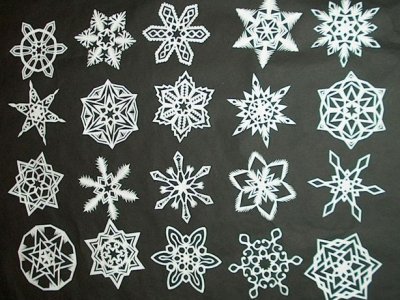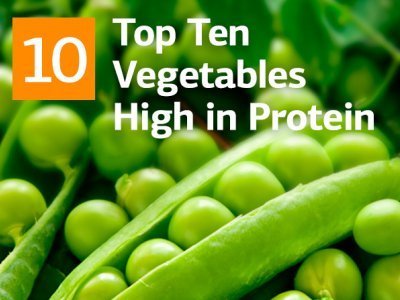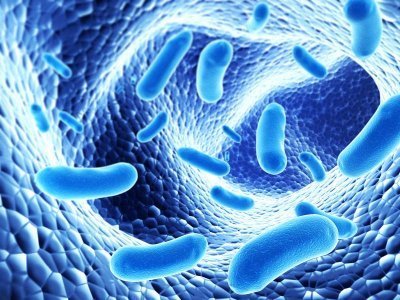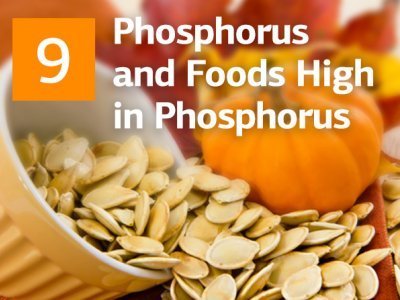| Amount Per 1 slice | |||
| Calories | 150 Kcal (628 kJ) | ||
| Calories from fat | 9 Kcal | ||
| % Daily Value* | |||
| Total Fat | 1g | 2% | |
|---|---|---|---|
| Sugars | 1g | 4% | |
| Dietary Fiber | 1g | 4% | |
| Protein | 6g | 12% | |
| Iron | 2.7mg | 15% | |
| Calcium | 150mg | 15% | |
* Percent Daily Values are based on a 2000 calorie diet. Your daily values may be higher or lower depending on your calorie needs.
Find out how many calories should you eat.
Ingredients And Nutrition Overview
Best
choice Good
choice Poor
choice Avoid
it!
choice Good
choice Poor
choice Avoid
it!
-
WeightWatchers Points: 2.9, PointsPlus: 1, SmartPoints: 4
WeightWatchers Points are estimated by carbohydrates, fats, protein and fiber in product. They are not an affirmation of better quality or nutritional value of the product or its manufacturer. Only way to count for dieters. Less points are better.
Read more at Weight watchers diet review -
More than 12% daily fiber!
Fiber is an extremely important part of your daily diet. Its best known benefit is its ability to help keep our bowels moving. Eating enough fiber will help prevent constipation. The added benefit is that it also plays a role in protecting against diseases such as diabetes, heart disease and cancer. If that isn’t enough reason to get a daily dose of fiber, it also helps with weight management by helping to keep you fuller longer. The best sources of fiber are whole foods, not processed foods to which fiber has been added.
-
For dieters: FoodPoints value is 3
* FoodPoints are calculated by Fooducate based on fats, carbs, fiber, and protein. They are not an endorsement or approval of the product or its manufacturer. The fewer points - the better.
-
Low calorie bread or just skimpy serving?
Low calorie bread or just once slice short of a sandwich? Double check the serving size before you accidentally pile on too many calories. And if it turns out that your bread's serving size includes only one slice, consider making it an open face sandwich.
-
Highly Processed!
This product is highly processed. If you'll take a look at its ingredient list, you'll discover new words to add to your vocabulary. Many of theses ingredients are required to increase the shelf life of the product and improve the flavor that disappears when food is not fresh.
-
Contains MSG-like ingredients
People sensitive to MSG may also be sensitive to MSG-like substances. These are glutamates or chemically similar items added to improve a product's taste. Here is a short list of common MSG-like substances (see our blog for more): - Yeast extract - Autolyzed yeast - Hydrolyzed proteins ---- Source: Scopp AL. MSG and hydrolyzed vegetable protein induced headache: review and case studies. Headache. 1991;31(2):107-10. Questions and Answers on Monosodium glutamate (MSG) http://www.fda.gov/food/ingredientspackaginglabeling/foodadditivesingredients/ucm328728.htm Natural Flavorings on Meat and Poultry Labels http://www.fsis.usda.gov/wps/portal/fsis/topics/food-safety-education/get-answers/food-safety-fact-sheets/food-labeling/natural-flavorings-on-meat-and-poultry-labels
-
Contains glycerides
Mono and diglycerides are commonly used in processed foods to maintain stability in liquid products and "improve" quality in baked goods. These glycerides could be created using both hydrogenated and partially hydrogenated oils or animal fats. In theory, this may transfer a small amount of trans fats into the product. The glycerides are synthesized into phosphates by reacting with phosphorus pentoxide, a potential environmental hazard. But that's only part of the problem . . . The presence of mono and diglycerides should discourage you from buying a product for more than just these reasons: their inclusion in a product indicates that it is industrially processed. Choose products without mono and diglycerides not only for health reasons, but because you are getting a better quality food item overall.
-
Natural flavors added. Learn why
Companies add flavorings to make products taste better. They are created in a lab and the formulations are guarded as trade secrets. Flavorings can compensate for flavor loss during processing, substitute for ingredients, lower production costs and increase shelf stability. Natural flavorings are more expensive to source than artificial flavors, but tend to be better received by consumers. People sensitive to MSG, vegans, vegetarians and those with allergies should pay special attention to the phrase "natural flavorings" since glutamates, animal products or allergens may be the source of natural flavors. You can always contact the manufacturer for more information.
-
Magnificent millet!
Millet is a group of grasses that produce small seeds (the part we eat). They grow in the harsh environments of Africa and the Indian subcontinent. Archaeologist suspect that millet was cultivated more than rice in prehistoric Asia! And because of its natural reliance in drought, it's an environmentally friendly seed. Yep, while we might eat it like a grain, millet is technically a seed. Millet is a great source of minerals like magnesium, phosphorus, B vitamins. It also has fiber and calcium, which differ by variety. Following a gluten free diet? You're in luck. Millet is a good way to get whole grains without gluten. Millet-based breads, snacks or even just the grain alone are a fantastic way to avoid gluten without relying on nutrient deficient flours or starches (like corn). HOW TO COOK MILLET: To cook plain millet, add 3 parts water for every one part millet and cook it as you would rice. Use in casseroles, baked dishes or mix with dried fruits and nuts for a tasty side. For a break from hot oatmeal, try millet. Take 1 part millet, 2 parts water, 1 part milk, a spoon of honey, a dash of salt and a sprinkling of cinnamon. Roast the millet in butter until it begins to brown slightly, then add the rest of the ingredients. Boil until the millet is soft, which can vary by the size of your millet. And most importantly, enjoy!
You Might Also Like
% RDI of Main Nutrition Facts
8%
of RDI* (150 calories) 0 g
-
Cal: 7.5 %
-
Fat: 1.5 %
-
Carb: 0 %
-
Prot: 12 %
-
0%25%75%RDI norm*
Calories Breakdown
- Fat (27.3%)
- Protein (72.7%)
Get Your Recipe of Health!
Follow RecipeOfHealth on Facebook!











Add your comment